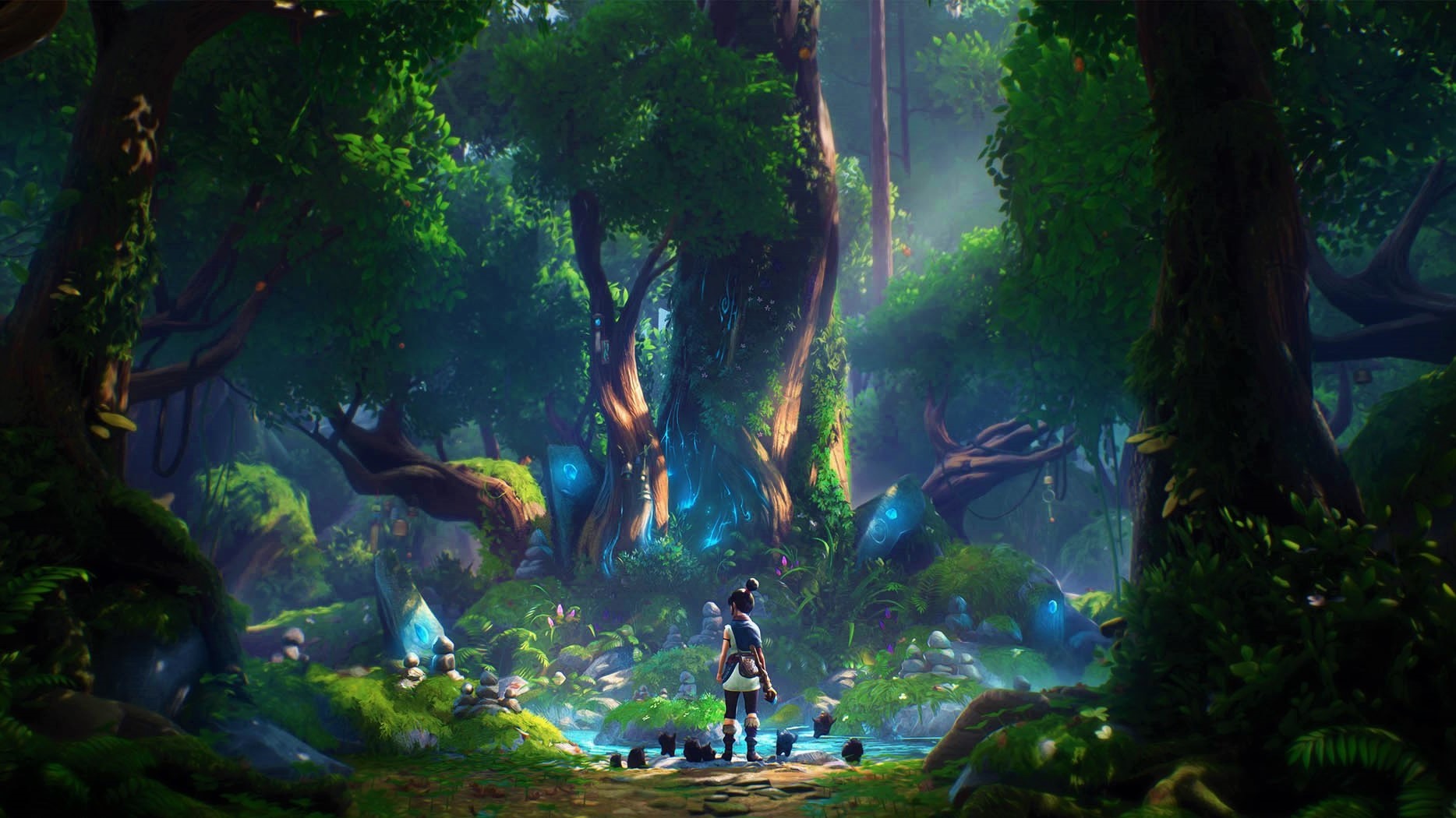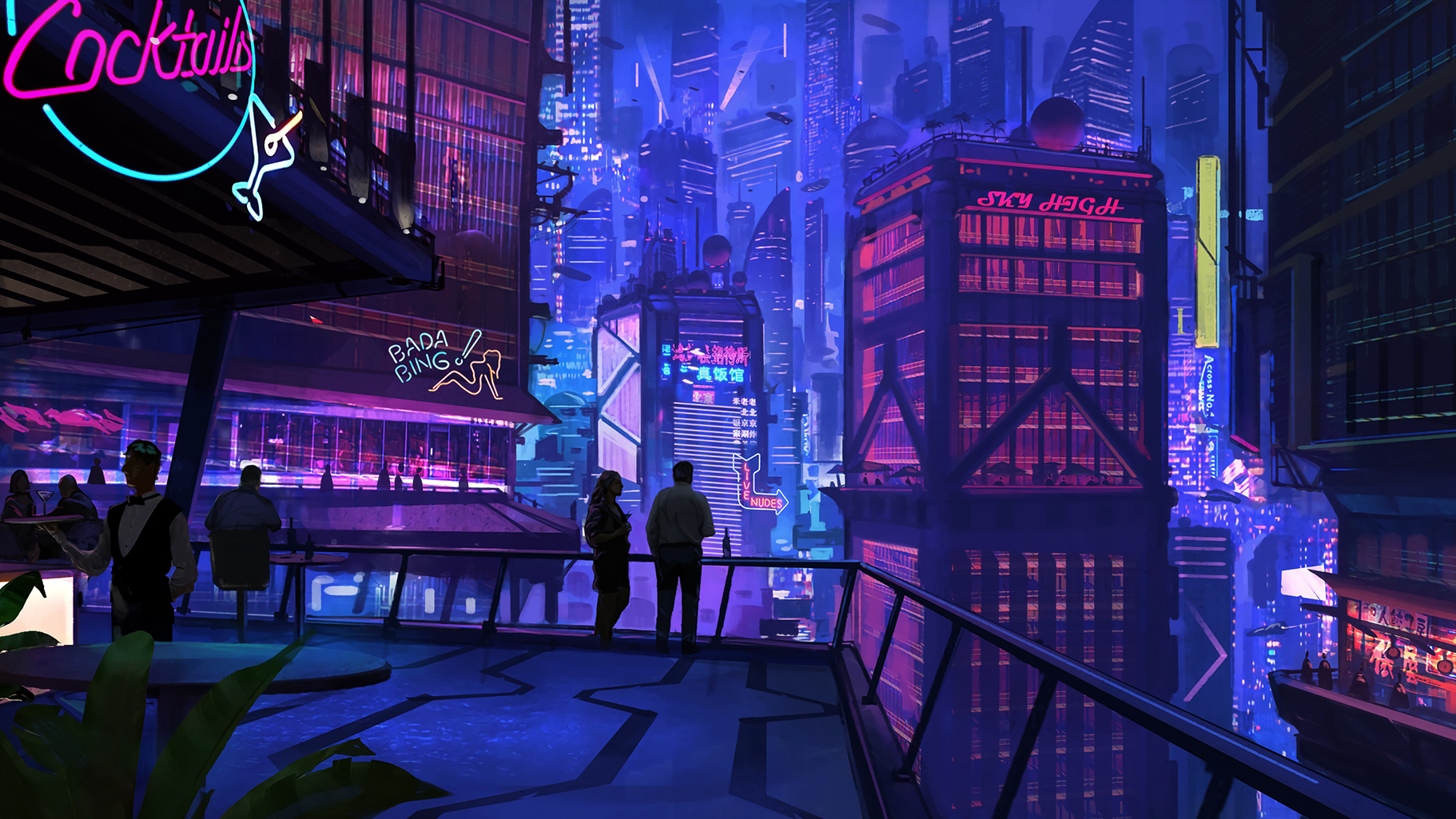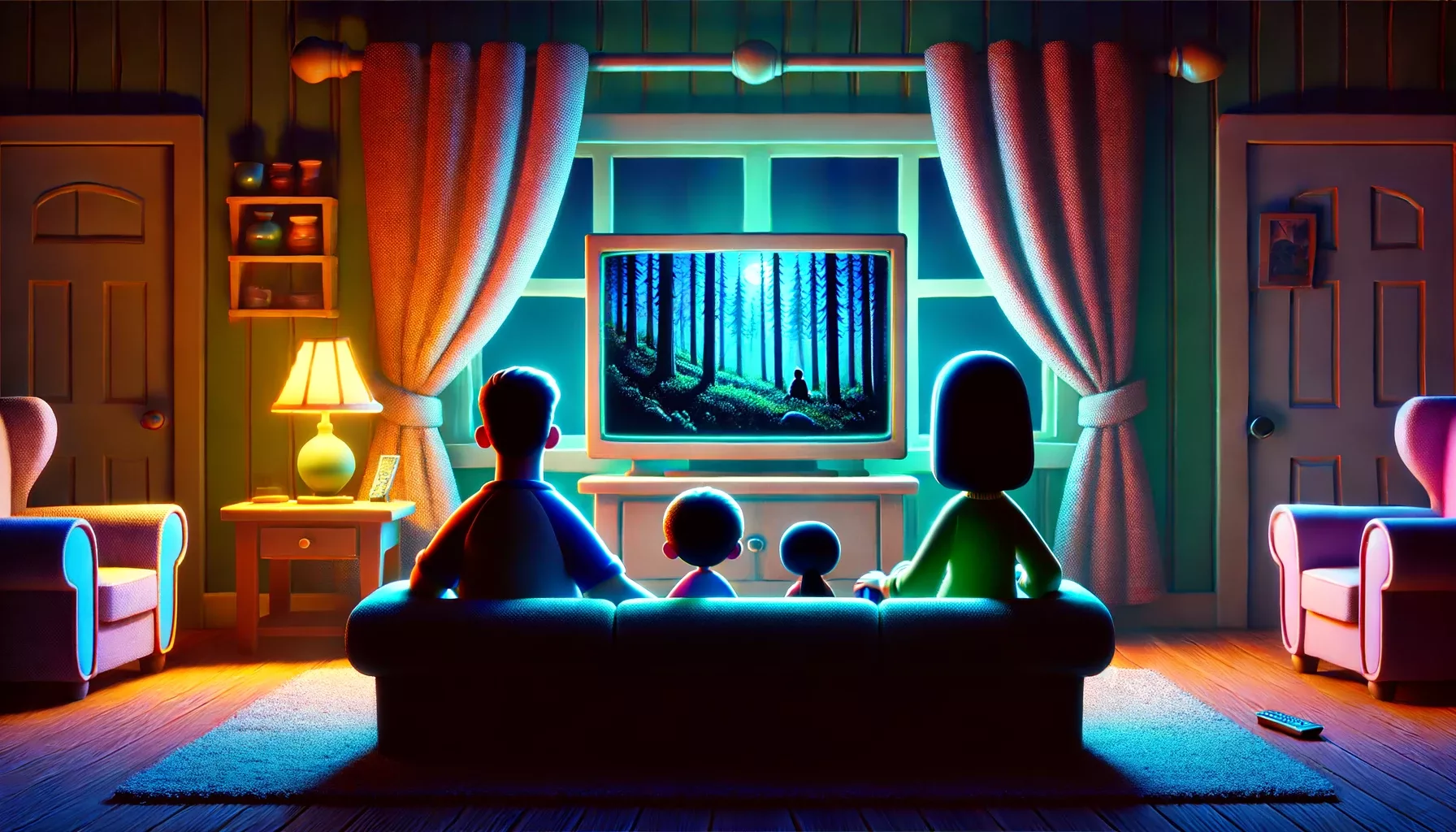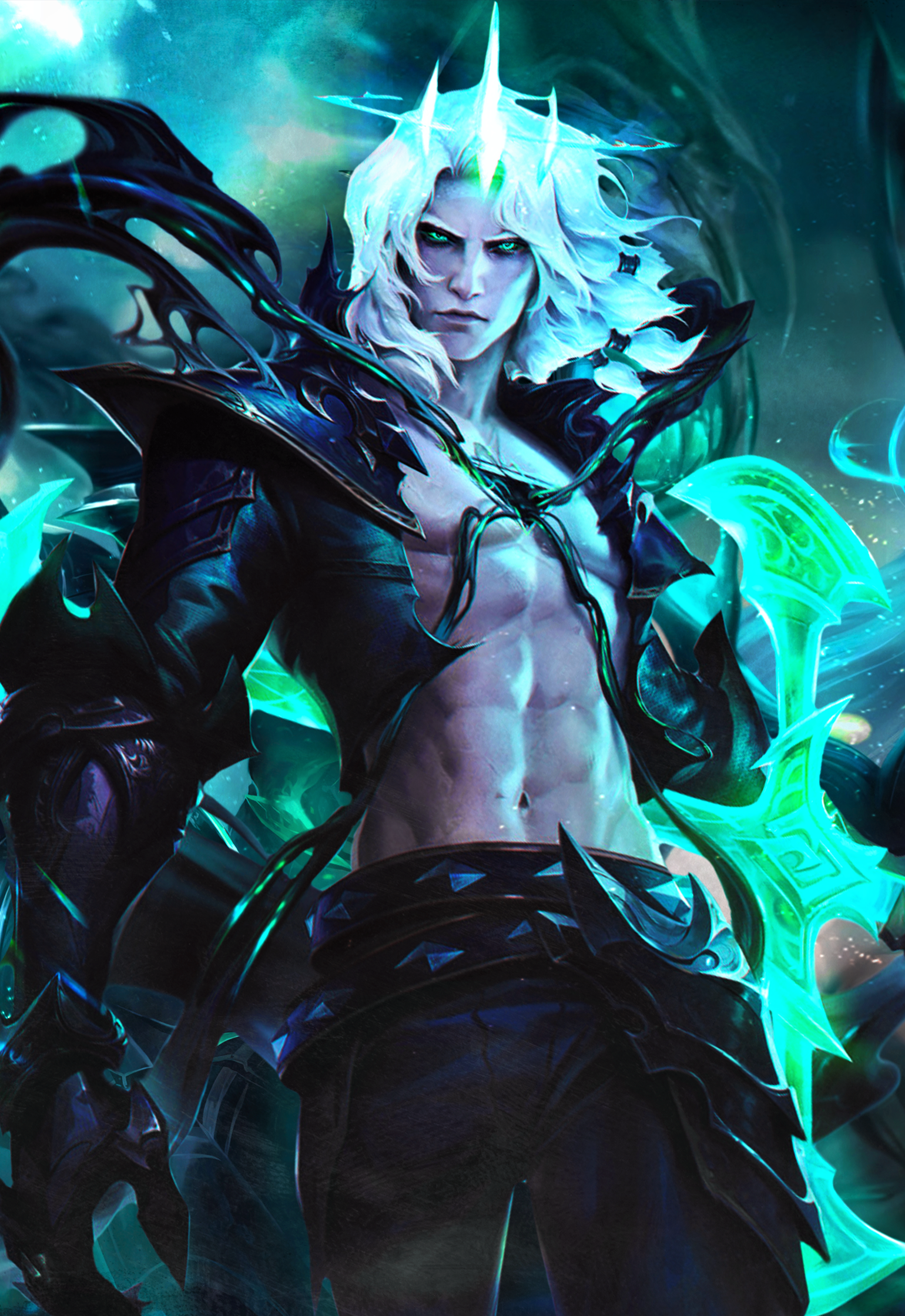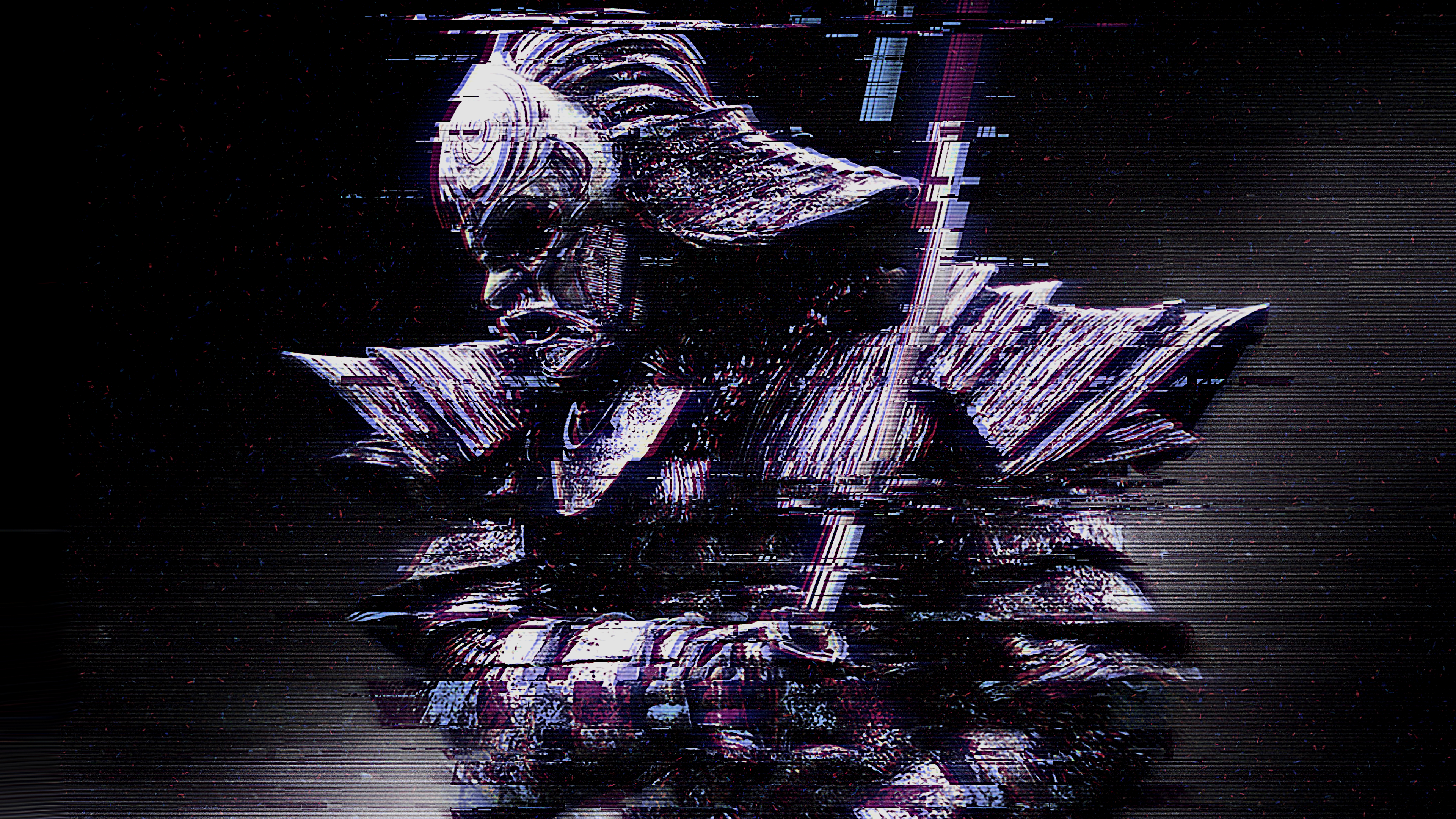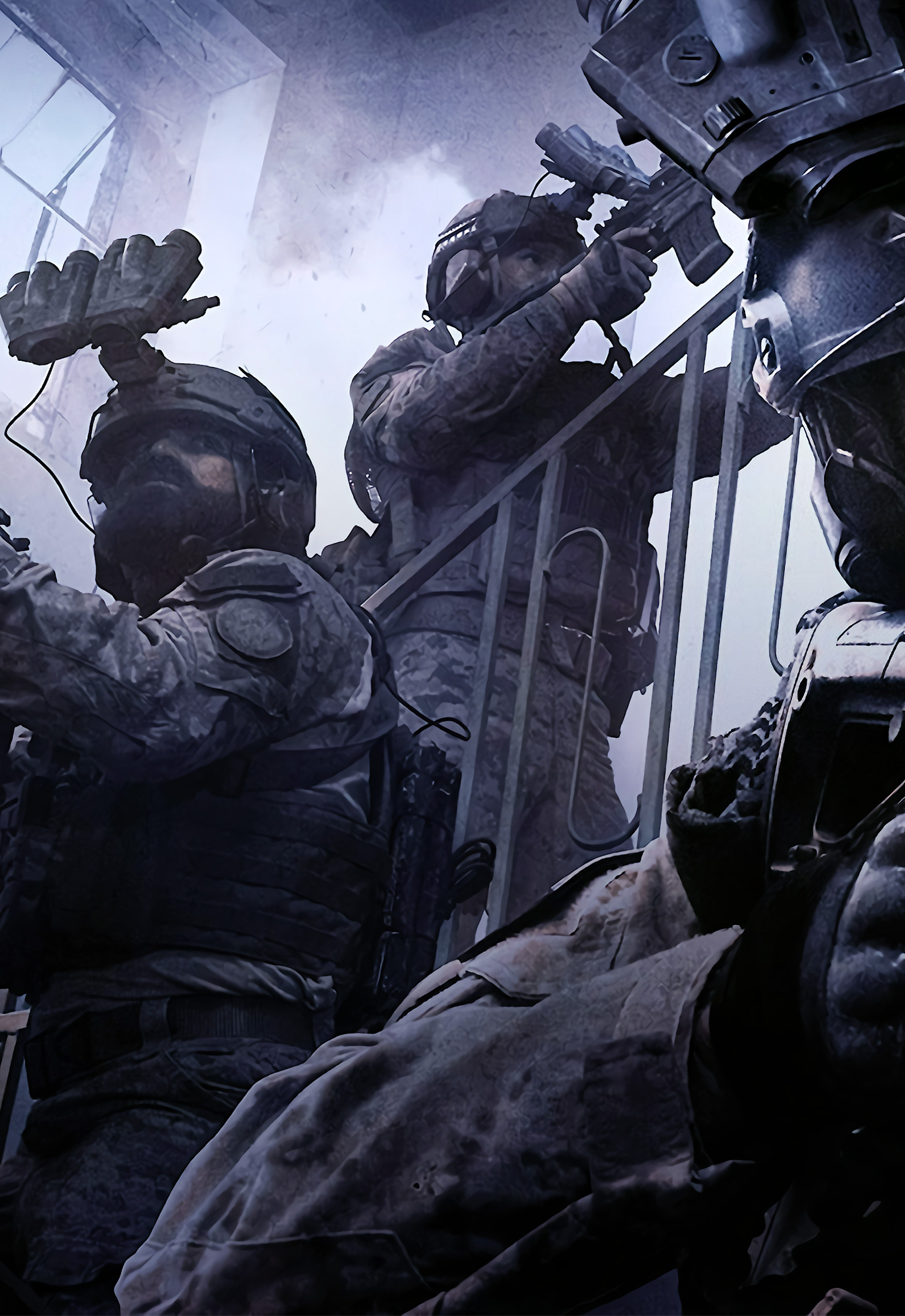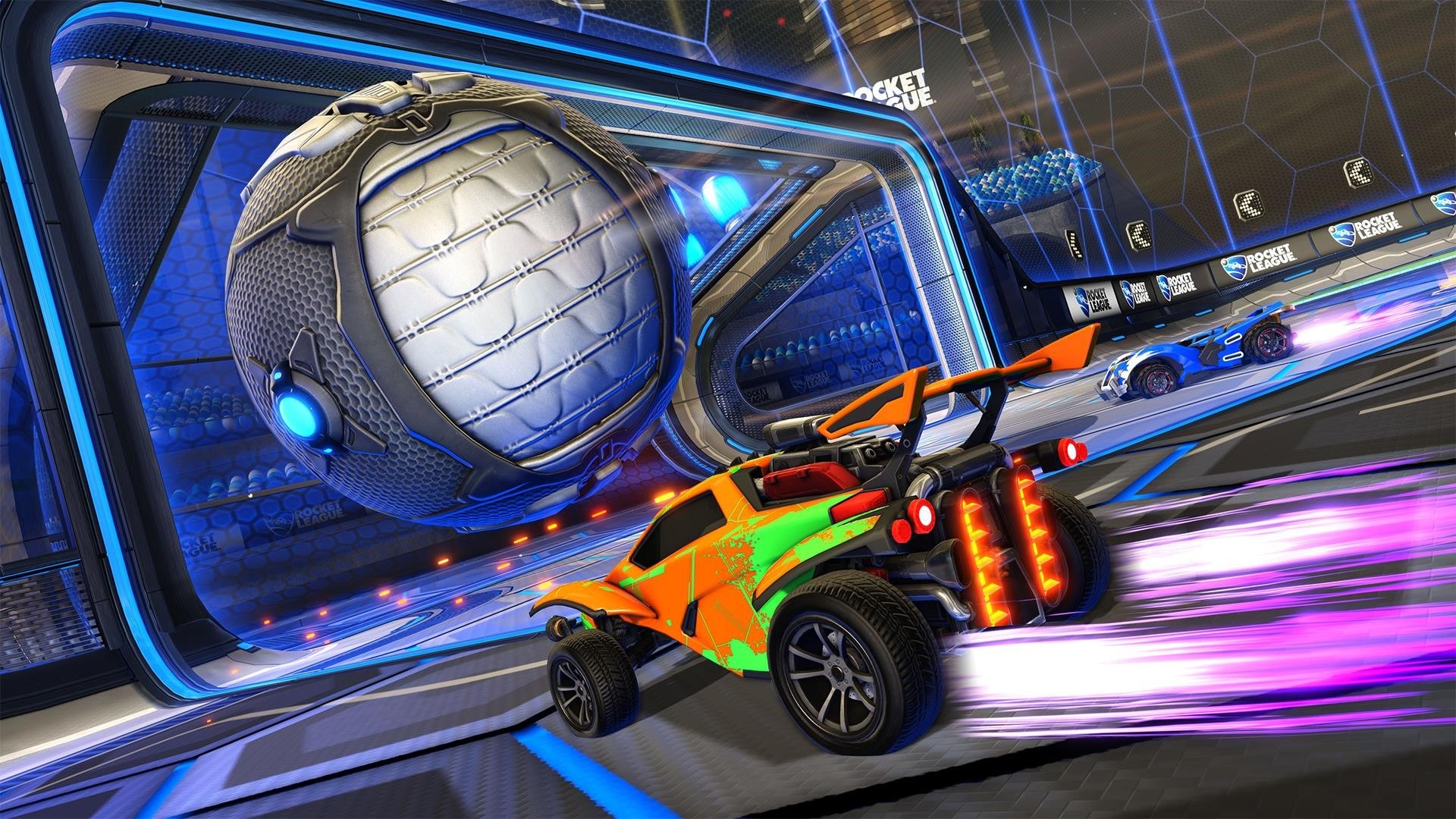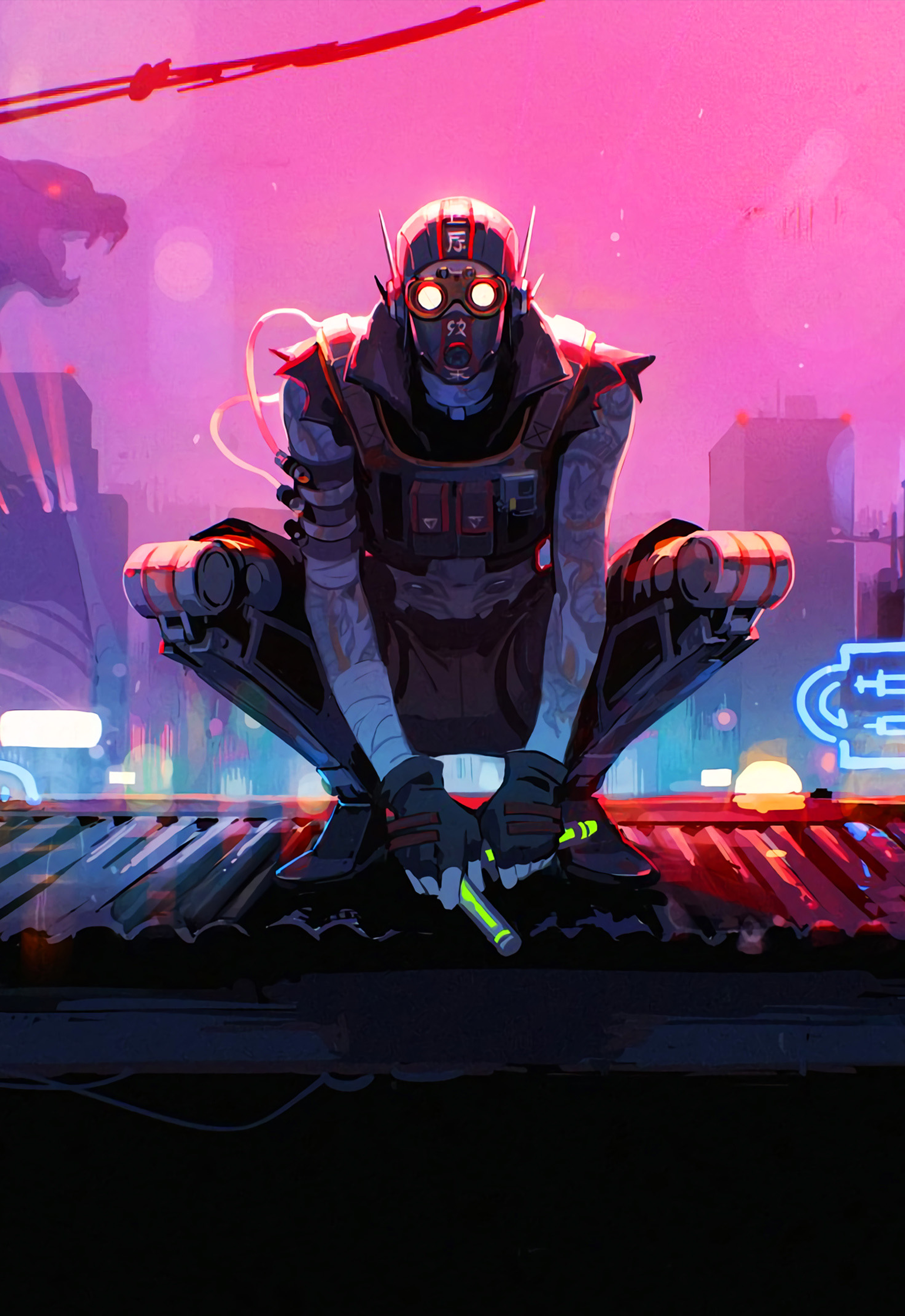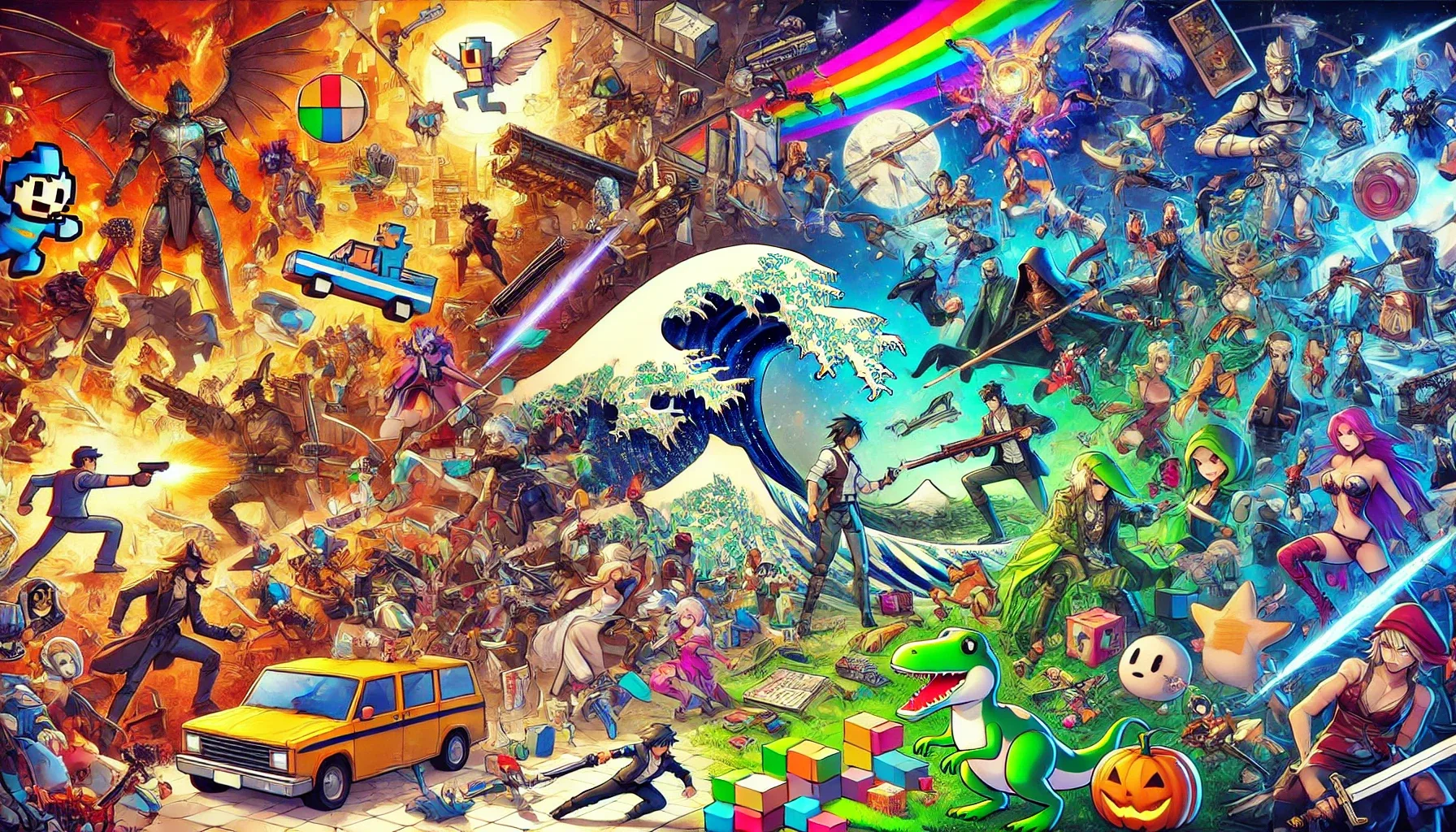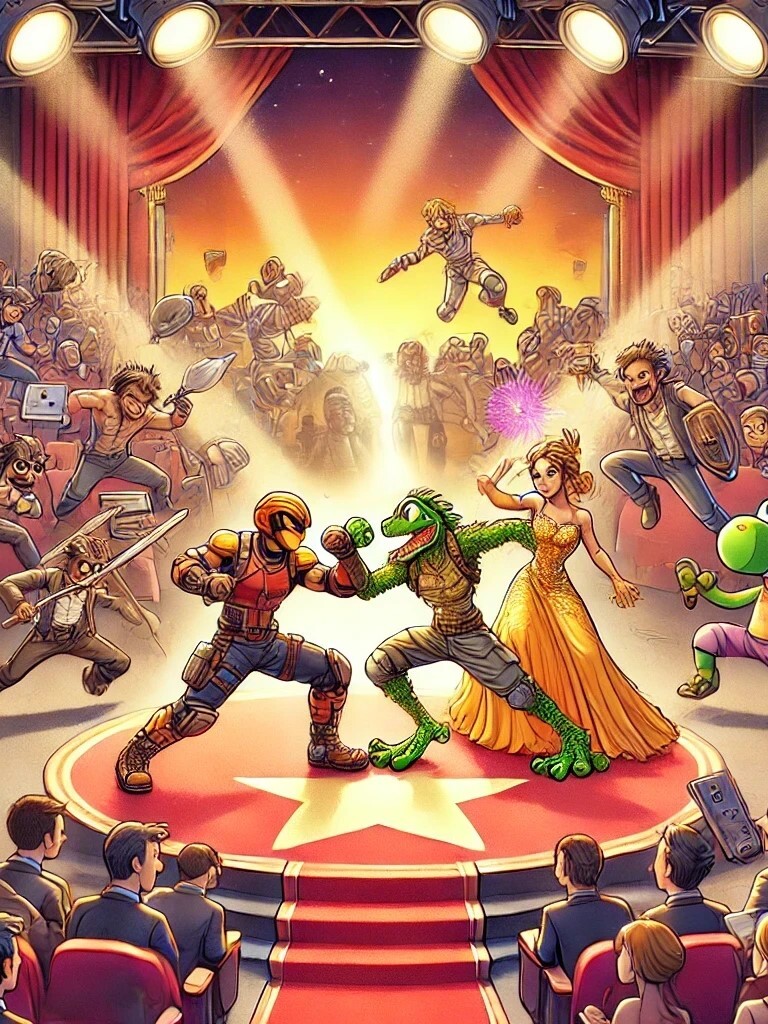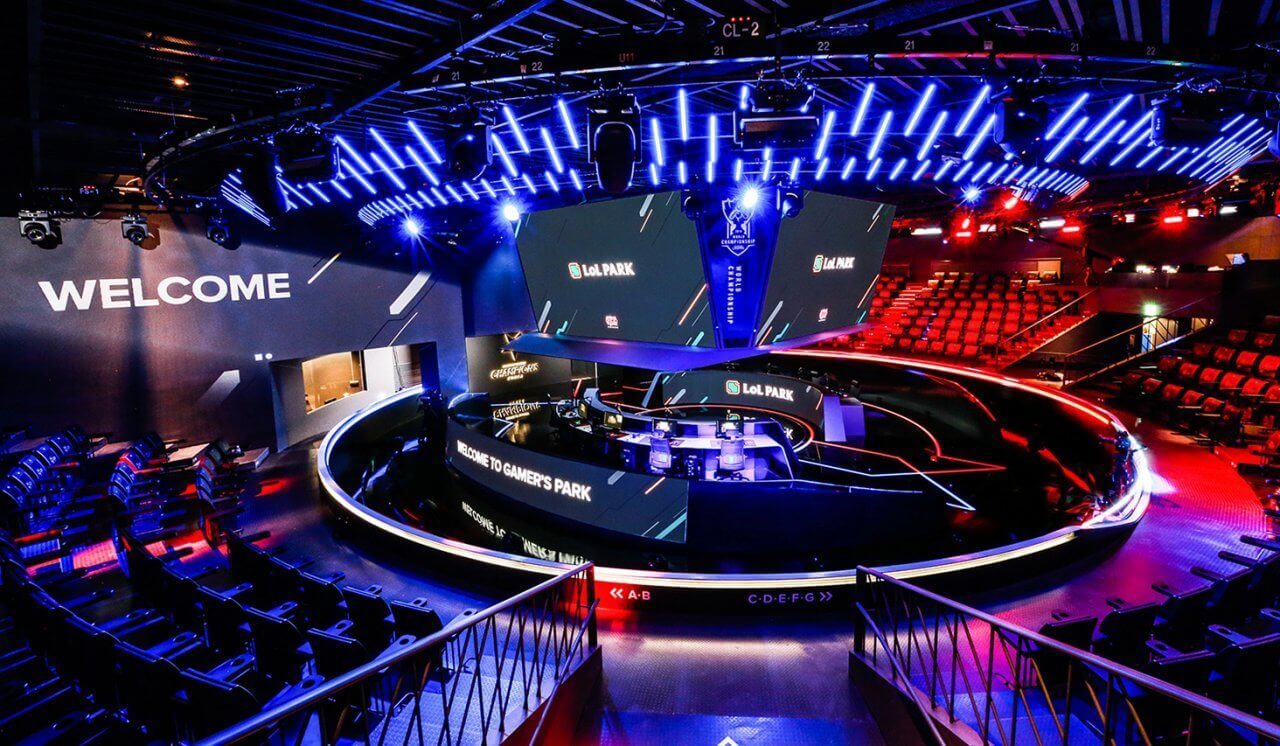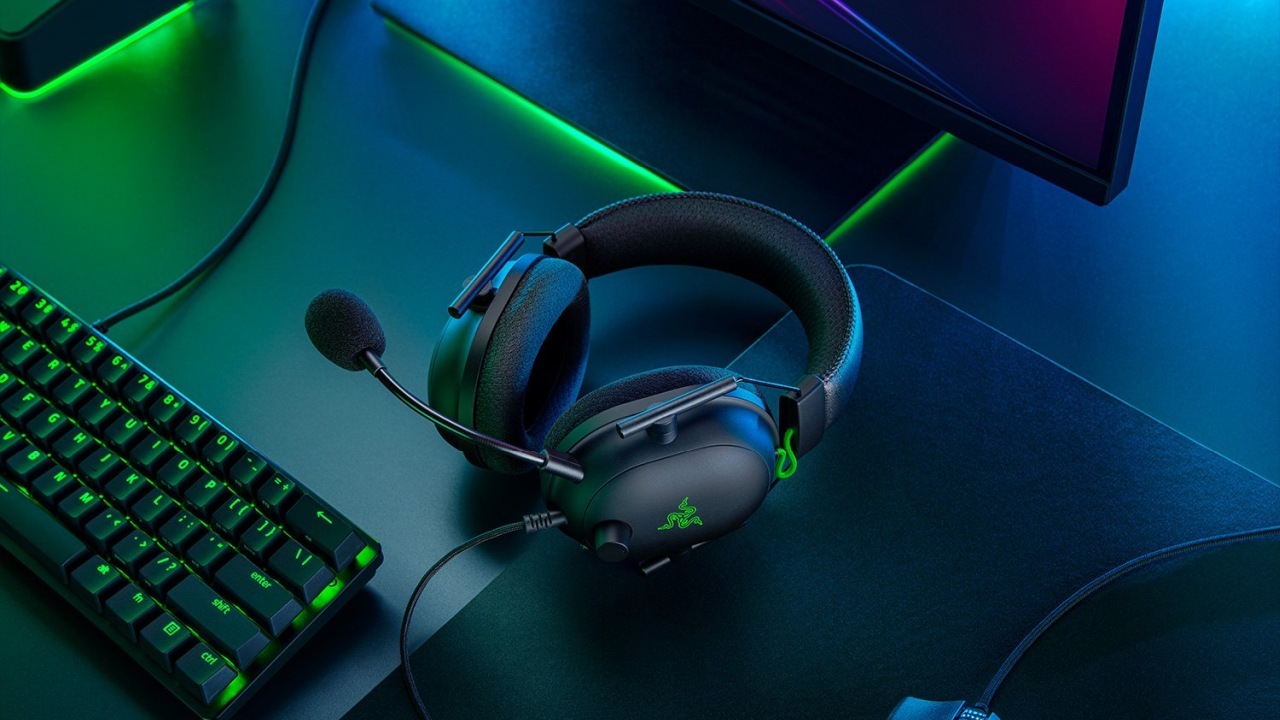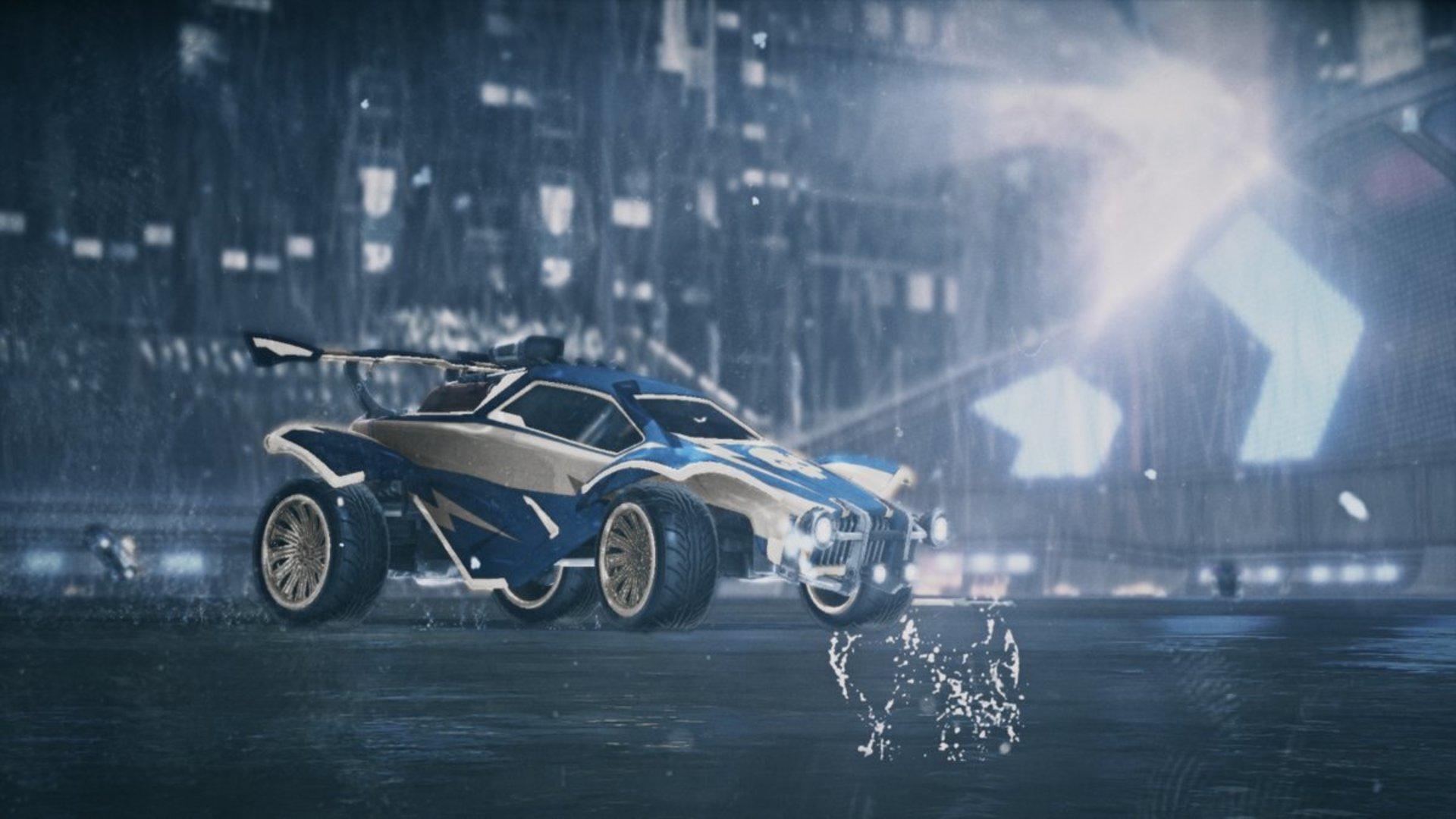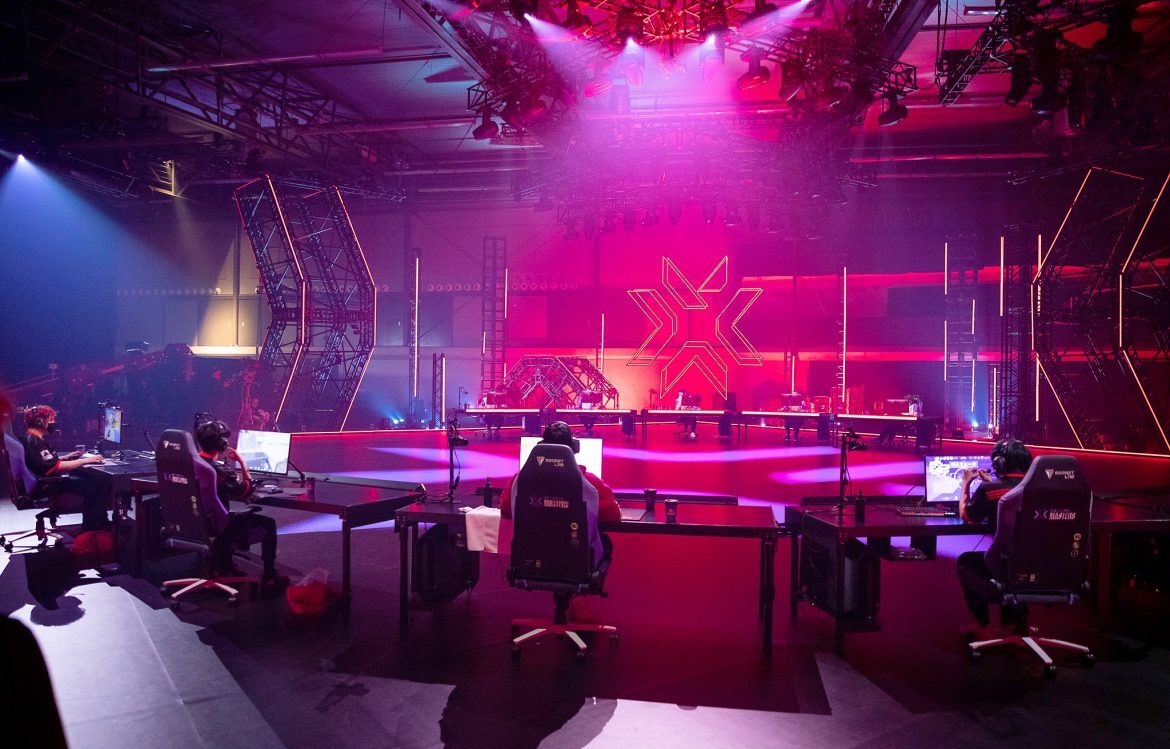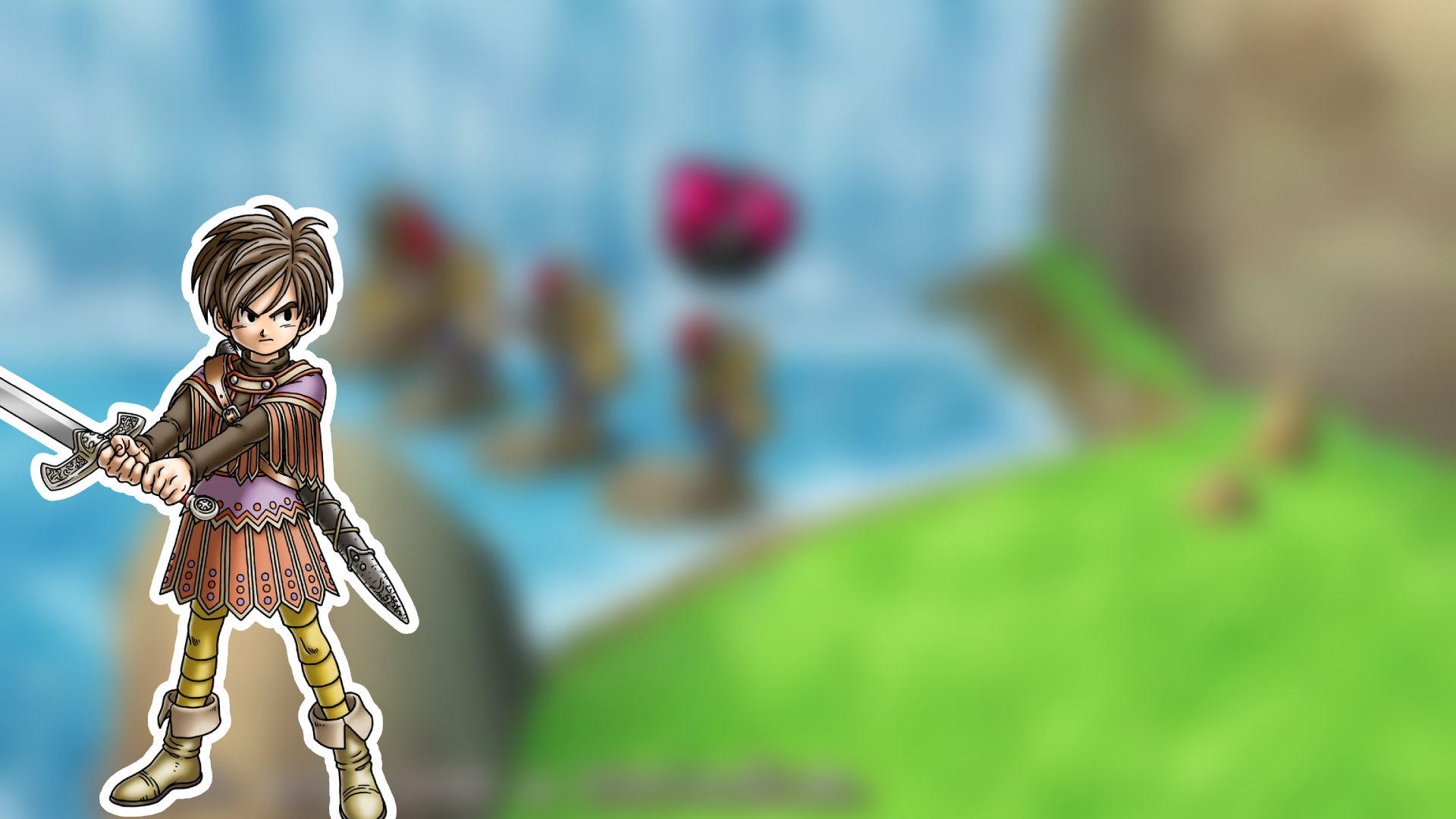Unsuprisingly, after VIII came IX, though you wouldn't think so based on the list of games available.
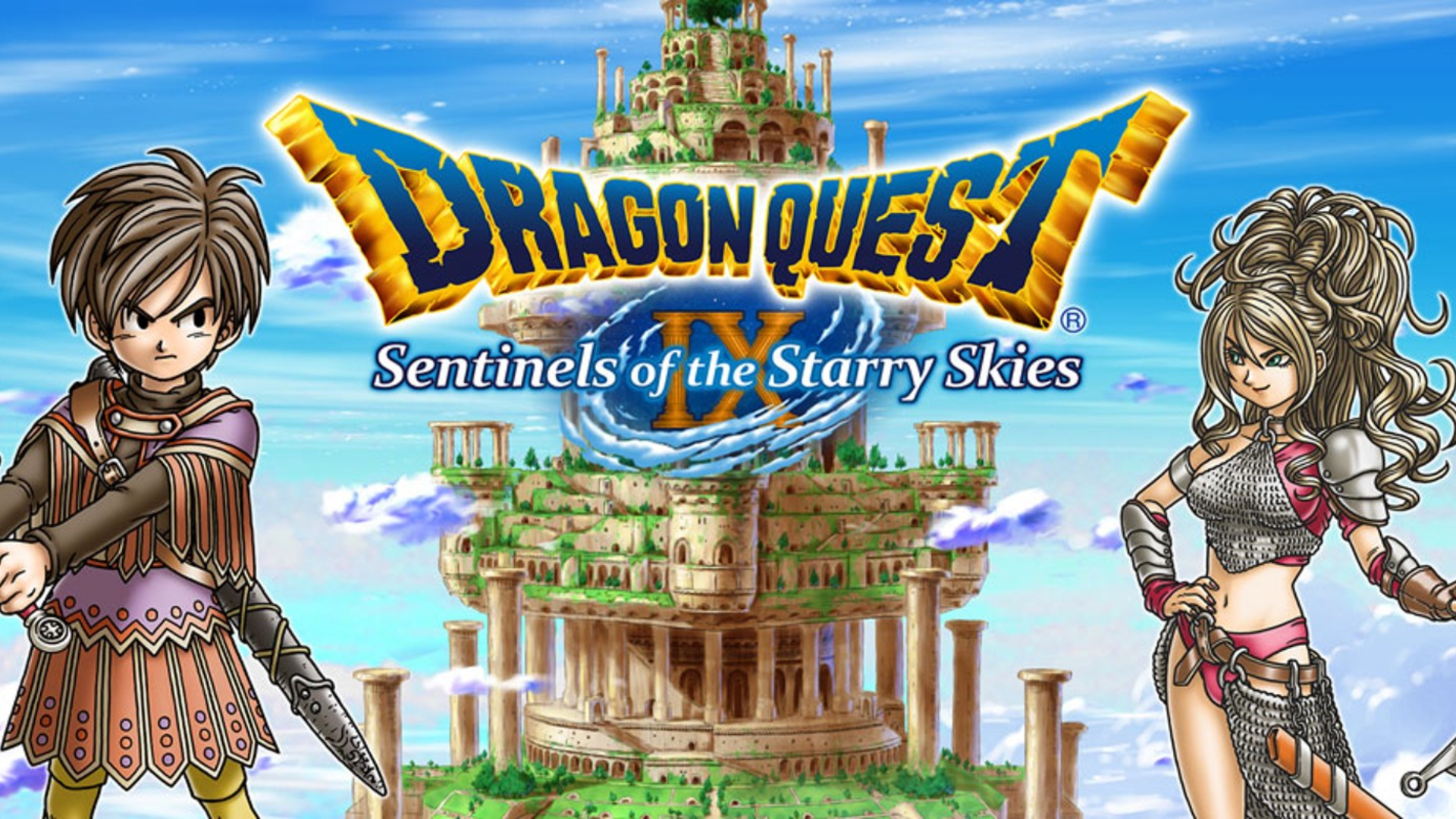
Given the immense popularity of Square Enix' Dragon Quest series of classic Japanese role-playing games ever since its first release in 1986, it's really no wonder that just about every single one of them has received some sort of re-release to increase their availability.
...Except for one notable exception. Following the beloved PlayStation 2 title Dragon Quest VIII (2004), which could later also be played on iOS, Android and Nintendo 3DS, the developers at Level-5 started work on Dragon Quest IX, which – after years of delays – finally released in 2009 on Nintendo DS, where it is stuck to this day.
Sky-High Amibitions
Like all games in the series, Dragon Quest VIII followed a silent protagonist's journey through a colorful RPG world, filled with iconic monsters to fight in classic turn-based systems, as they gather allies to defeat an ancient evil and restore peace to the land. VIII did, however, mark the series' jump to 3D and became a massive critical and commercial success.
When the developers at Level-5 started working on the next entry for Square Enix in 2005, they wanted to top that previous entry. One way in which they envisioned reaching this lofty goal was making use of internet functionality, leading to the Nintendo DS with its Wi-Fi capabilities becoming their platform of choice. Plans to make the game an action-RPG spin-off were soon dropped in favor of it becoming the next mainline entry.
The ambitious goal of incorporating online multiplayer into the main scenario soon led to issues, with the initial target release date of 2007 being dropped following the unexpectedly large amount of bugs which needed to be fixed. As a result, the title would only end up releasing in 2009 under the final title of Dragon Quest IX: Sentinels of the Starry Skies.
Warping Fate
The game features traditional turn-based combat within a fully customizable, class-based system where players create and outfit their own party members (a first for the series). Furthermore, it provides a vast new overworld filled with quests, dungeons, and side missions designed to encourage exploration and experimentation.
On the narrative side, the player character is a kind of guardian angel, called "Celestrian", who, after an attack by evil forces, wakes up a mortal and now has to uncover the mysteries behind a celestial catastrophe and restore order by recovering spiritual energy, exploring towns, and uncovering betrayals.
Dragon Quest IX ntroduced some major innovations to the series' gameplay formular, including visible monsters on the map (eliminating random encounters), cooperative multiplayer for up to four players, weekly downloadable quests/events and a "tag mode" that exchanges treasure-map data passively via wireless communication when meeting another player in real life.
Falling To Earth
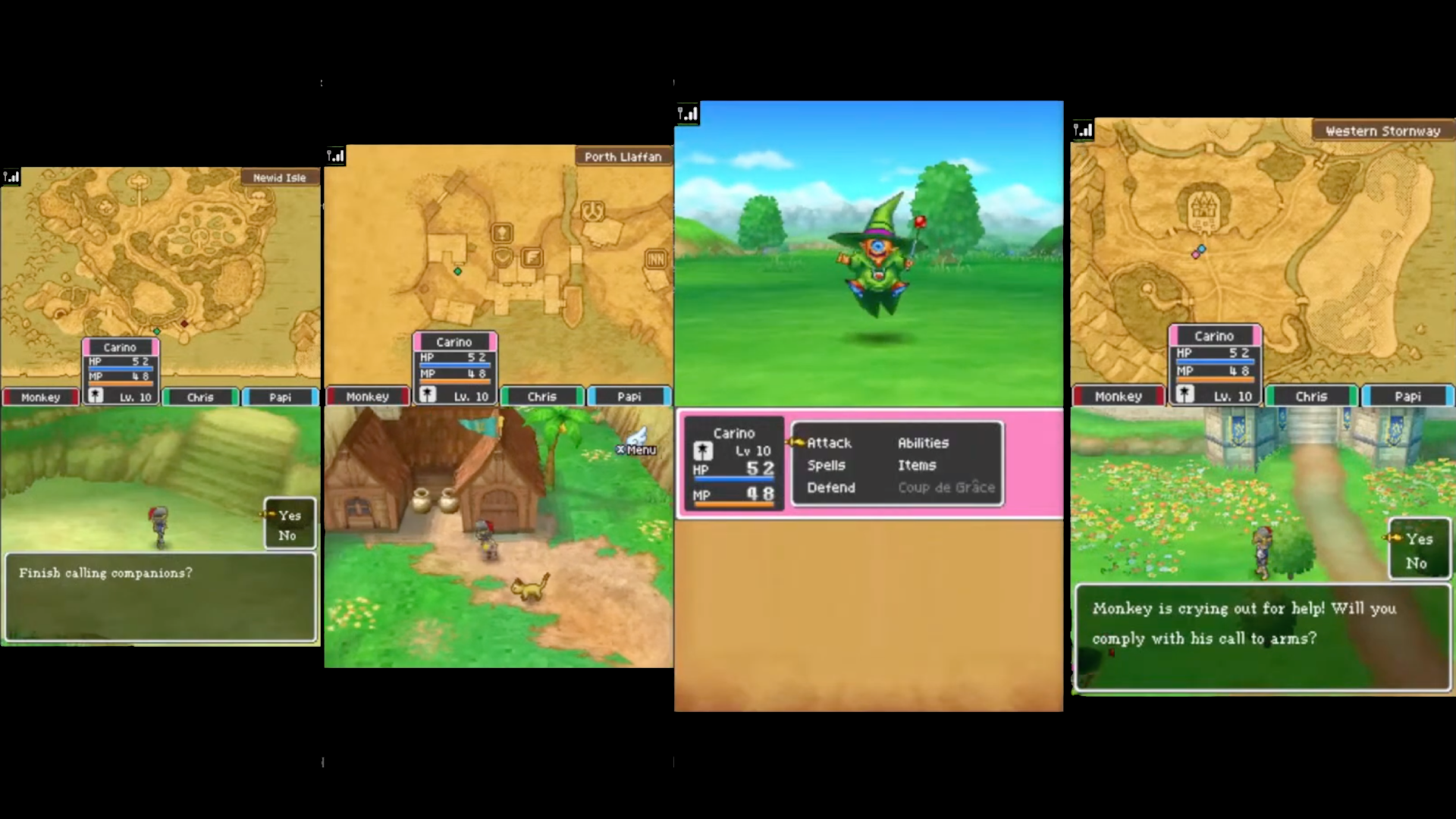
The title was widely praised for modernizing the series' mechanics while maintaining its traditional charm, earning strong reviews for its depth, customization, and cooperative play. Level-5's strategy had apparently paid off, with its platform and multiplayer capabilities contributing to Dragon Quest IX becoming the best-selling title in the series until Dragon Quest XI (2017).
But this extensive use of the hardware also made any re-releases of the game challenging: For one, it relied heavily on the Nintendo DS' dual screens for its user interface as well as each player having their own screen for local wireless multiplayer. Additionally, its downloadable content structure effectively made it an early and difficult-to-develop live-service game, which Square Enix would have little incentive to bring back considering recent failures.
Most importantly however, different staff members described the multiplayer functions embedded in the game as a bottleneck, with particularly a new version of Tag Mode likely being difficult to translate to the modern gaming scene, particularly outside of Japan, where players are less likely to play on their consoles in public.
Onto New Realms
Fans have been continously asking for a remake which would free the title from its 2004 handheld prison, especially considering that Nintendo's servers allowing the game to use its online capabilities have long been shot down. Notably, the community has set up their own servers via custom DNS, which DS users can connect to with a bit of tinkering.
Furthermore, user KevinReconAlpha and others have been working on balance patches to adjust the game's difficulty and bring some of its game design more up-to-date since 2018. If you're interested in experiencing the game's setting in a new way, user CelVR has extracted the game's models and transformed them into a freely accessible world in VR Chat (2014).
As for an official remake, fans would be ill-advised to hold their breath. While most other Dragon Quest titles are available on modern systems one way or the other, for this one you'll likely have to boot up an emulator or spend about USD 40 on a used copy to insert into your Nintendo DS or 3DS. Whichever you choose, Dragon Quest IX is definitely worth a try.
